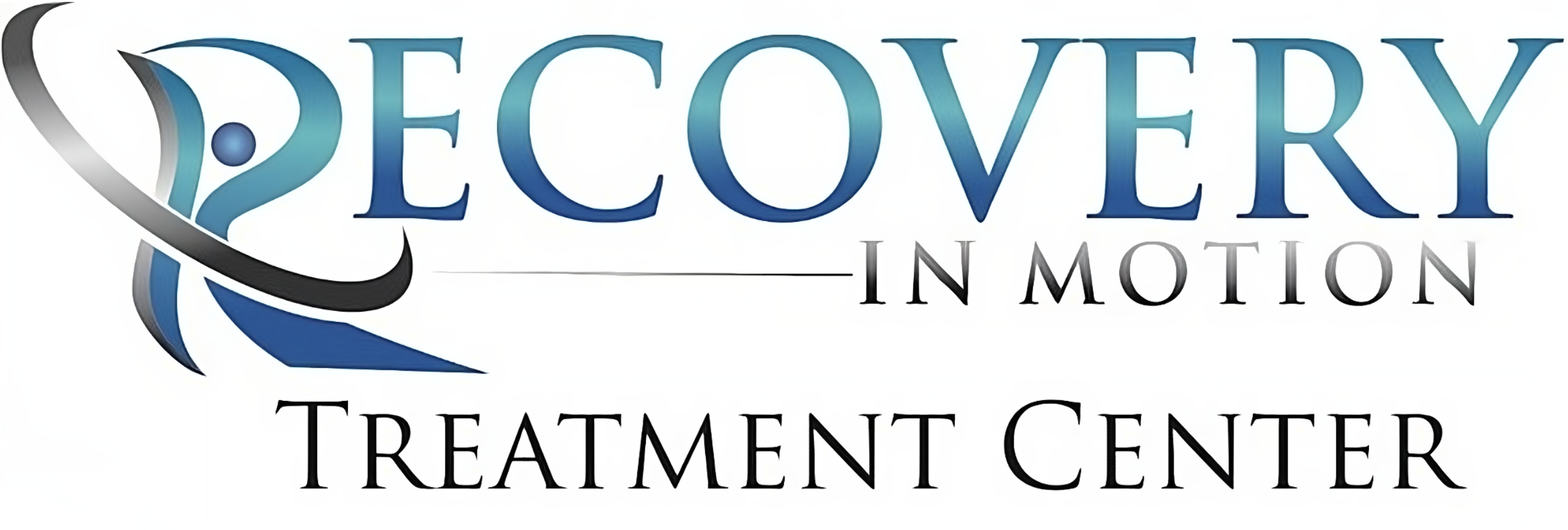Check out our Director Nick’s recently published article addressing the fentanyl and meth crisis in Arizona on Together AZ
Why are Dual Diagnosis Treatment Centers Important?
Addiction often comes with a stigma that patients are lazy or immoral. The truth is that addiction is a disorder of the brain. Just like bipolar disorder, post-traumatic stress disorder, or depression, addiction takes place in the brain. When two or more mental health disorders are present, a psychiatrist needs to diagnose each one. But […]
Common Therapy Options Found at Recovery Treatment Centers
To combat the scourge of addiction, there are many different options available at recovery treatment centers. From art therapy to group counseling, patients can get the high-quality, professional help they need in a medically supervised setting. Initially, patients must choose between an inpatient or outpatient treatment program. Since inpatient programs offer higher success rates and […]
4 Helpful Tips for Entering Substance Abuse Rehabilitation
Deciding to enter substance abuse rehabilitation can be an overwhelming step, but it’s a hugely important one for anyone who is serious about recovery from addiction. Prospective patients may want to know what to expect as they begin the path toward sobriety. These four helpful tips can be useful for anyone about to enter a […]
What Are My Options for Finding Substance Abuse Resources?
When it comes to substance abuse resources, there are many options available for addicted individuals. Achieving sobriety can be made easier through low-cost, affordable treatment programs. Surrounded by like-minded people who know exactly what you’re going through, individuals can learn how to live a clean lifestyle and avoid a relapse. While it’s never easy to […]
Educate Yourself. Not All Inpatient Alcohol Rehabilitation Centers Are the Same
Inpatient alcohol rehabilitation centers can vary drastically. While some rehab centers are run by the state, other centers offer customized therapy programs, counseling and support groups. Depending on what you need in a rehab, your selection of a treatment center will vary. Consider the Success Rates of Inpatient Alcohol Rehabilitation Centers While outpatient treatment is […]
Is Traveling for Treatment my Best Option?
When you’re looking to get treatment for drug addiction or alcoholism there are many options you are likely to face. One of these options is traveling. When faced with the subject its sometimes common to think is traveling for treatment my best option or should I stay in my home state? Traveling for Treatment from […]
One Million Fentanyl Pills Seized in 2019 in Arizona
With an increasing concern over the deadly drug fentanyl, new developments in Arizona have raised some serious alarms. The Arizona DEA seized over 1 million of the fentanyl pills in just this fiscal year alone. Most of the pills were manufactured to resemble oxycodone M-30 tablets, which has deadly consequences for those simply seeking pain […]
5 Things to Keep you Busy in Recovery
Staying busy during recovery is one of the most significant steps you can take towards living a healthier life. If you're wondering how exactly you go about doing so, consider first that there are dozens upon dozens of experiences that you haven't had yet, and even more activities that you haven't tried! For example, joining […]
Myths About Alcoholism Recovery Debunked
Deciding to become sober is a huge decision and choosing a recovery center is an important life-impacting decision. With so many misconceptions, stereotypes, stigma, and myths that surround alcohol addiction and recovery, research is necessary. Despite the many myths about addiction that exist, lots of people choose recovery and lots of people are successful in […]


